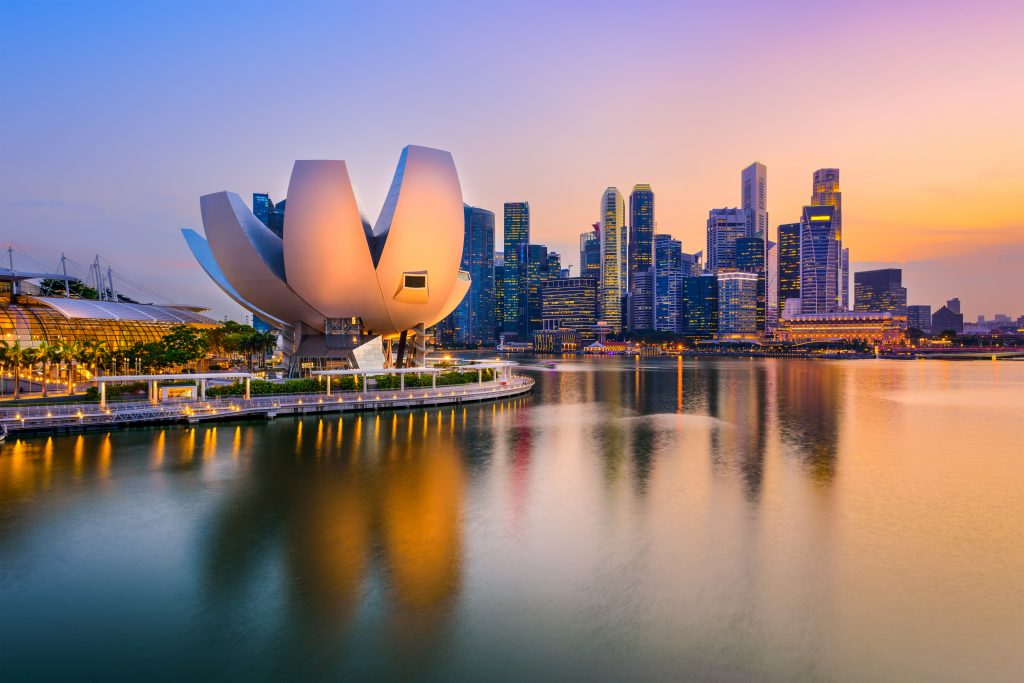Singapore is a modern city where 100% of its population is urbanised. Much of this urbanisations comes from advancements in areas such as technology and industry. While it continues to enjoy the status of the greenest cities in Asia, Singapore cannot afford to ignore the downsides of rapid urbanisation and expansion. Efforts in urban regeneration and city planning for greener and more sustainable living spaces are slowly (but surely) showing.
Green Covers
The first, and most optimistic, sign that Singapore is looking to the future of urban areas is its density of trees. At 30%, the country ranks higher than many global cities including Vancouver, Sydney and California. While it is true that Singapore is smaller in land size than many other cities, it still takes a serious effort from the government and the people themselves to prioritise green spaces in heavily built areas.
Developing Social Infrastructure
The other impressive thing about Singapore’s focus on the urban green movement are the different social developments that are happening across the country. There is Paya Lebar Residence in the east, a new Tuas mega port in the west, a cluster of advanced manufacturing and digital economies in Woodlands to the north and a stretch of an unused 24-km railway line in Central— all designed to bring life and vibrancy along with commercial functions.
Besides the ‘first-world’ tag, the critical reason Singapore has become a standard-bearer for green countries is that the country lives up to a higher standard in sustainable green practices.
Smart Living at Its Finest
According to a study by Deloitte’s Global Technology, Media and Telecommunications (TMT), the country is home to the highest smartphone penetration rate in the world and they use it for the most ideal of purposes: to advance the standard of life for its people. Smart Nation, the country’s national effort to improve lives through tech-enabled solutions, has initiatives that put the ideology into practice.
In designing housing, planning tools and data analytics are used to analyse wind flow, solar irradiance and shaded areas within a town to determine how housing flats can be designed and sited for maximum comfort for residents. In maintaining and improving common living environments, the government has developed mobile apps to provide members of the public a convenient means to give their feedback on municipal issues without having to find an agency.
Fortunately, the city state has figured out ways to counter or proactively avert the negative effects of urbanisation. Schemes and legislations are one way to create awareness in the mind of urban developers and the public alike.

